Rising Health Awareness
The increasing awareness regarding health and wellness among consumers appears to be a primary driver for the Sugar-Free Carbonated Drink Market. As individuals become more conscious of their dietary choices, the demand for beverages that do not contribute to sugar intake is likely to rise. Reports indicate that a significant portion of the population is actively seeking alternatives to sugary drinks, which could lead to a projected growth rate of approximately 8% in the sugar-free segment over the next few years. This trend is particularly evident among younger demographics who prioritize health and fitness, thereby influencing manufacturers to innovate and expand their sugar-free offerings.
Changing Consumer Lifestyles
The evolving lifestyles of consumers appear to be a pivotal driver for the Sugar-Free Carbonated Drink Market. As people become more active and health-oriented, their beverage choices reflect this shift. The rise in fitness culture and the emphasis on balanced diets are influencing purchasing decisions, leading to a marked increase in the consumption of sugar-free drinks. Market data suggests that consumers are willing to pay a premium for products that align with their health goals, which could result in a 10% increase in market share for sugar-free options. This lifestyle change is not just a trend but seems to be a long-term shift in consumer behavior.
Innovative Product Development
Innovation in product development is a significant driver for the Sugar-Free Carbonated Drink Market. Companies are investing in research and development to create unique flavors and formulations that appeal to a diverse consumer base. The introduction of natural sweeteners and enhanced flavor profiles has the potential to attract health-conscious consumers who may have previously avoided carbonated drinks. Market analysis indicates that innovative products can lead to a 15% increase in sales for brands that successfully capture consumer interest. This focus on innovation not only caters to existing demand but also helps in expanding the market by attracting new customers.
Shift Towards Low-Calorie Options
The trend towards low-calorie beverages is gaining momentum, which seems to be a crucial factor in the Sugar-Free Carbonated Drink Market. With consumers increasingly opting for drinks that align with their weight management goals, the demand for sugar-free options is expected to surge. Data suggests that the low-calorie beverage market has seen a compound annual growth rate of around 6% recently, indicating a robust shift in consumer preferences. This shift is not only driven by personal health goals but also by a broader societal movement towards healthier lifestyles, prompting brands to reformulate existing products and introduce new sugar-free variants.
Increased Availability of Sugar Alternatives
The growing availability of sugar alternatives is likely to bolster the Sugar-Free Carbonated Drink Market. As more natural and artificial sweeteners become accessible, manufacturers are better equipped to formulate sugar-free beverages that do not compromise on taste. The market for sugar substitutes has expanded significantly, with a projected growth rate of 7% annually. This increase in availability allows brands to experiment with various formulations, thereby enhancing the overall appeal of sugar-free drinks. Consequently, consumers are presented with a wider array of choices, which may further drive the demand for sugar-free carbonated options.


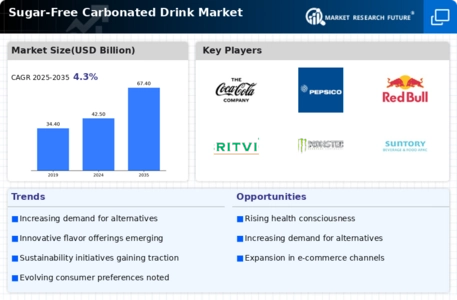
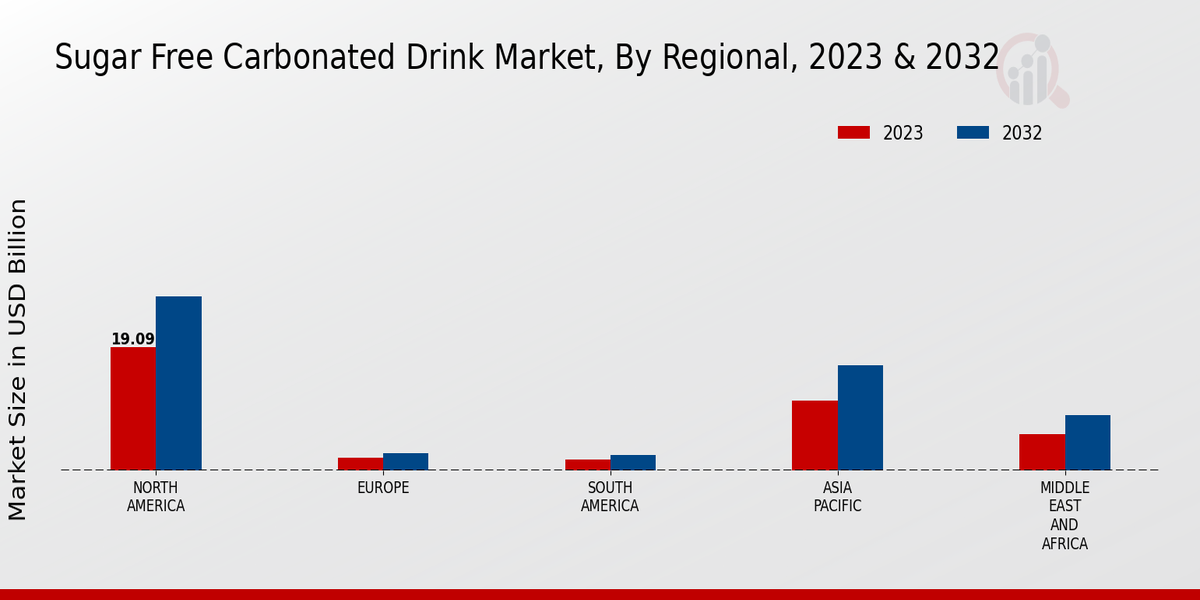
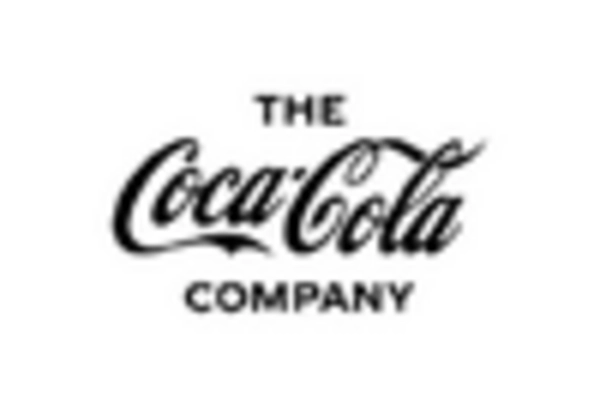
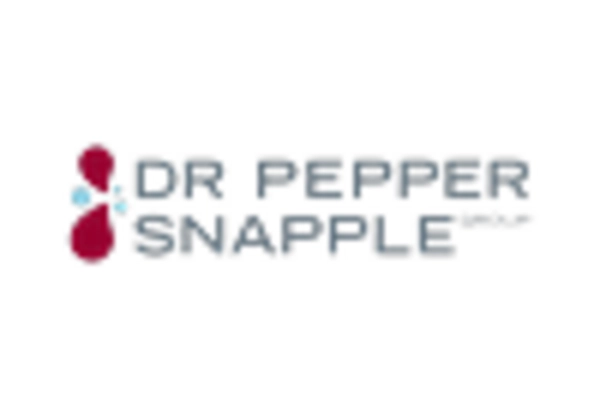
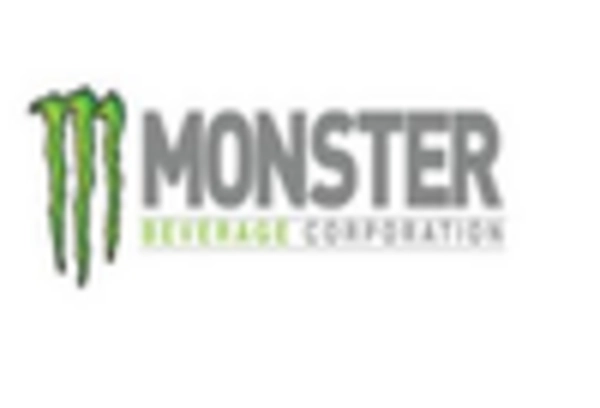

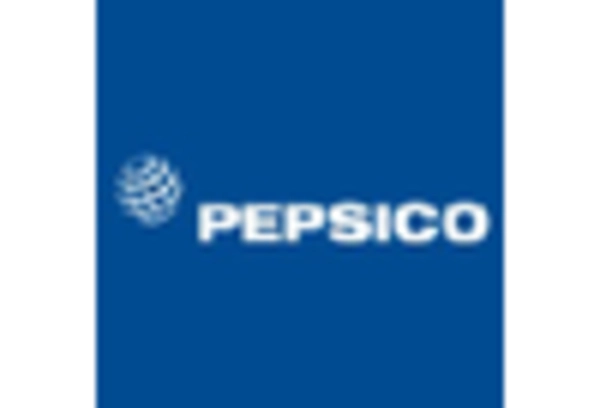
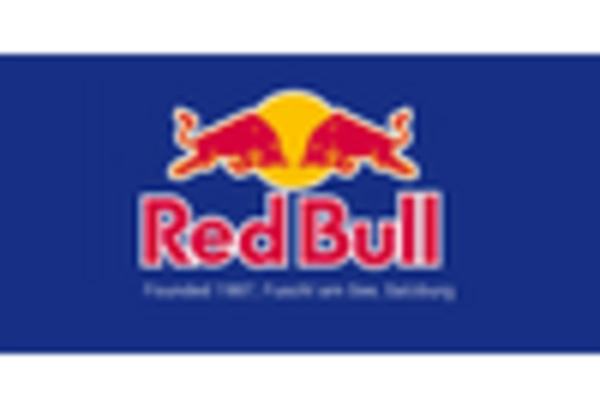








Leave a Comment